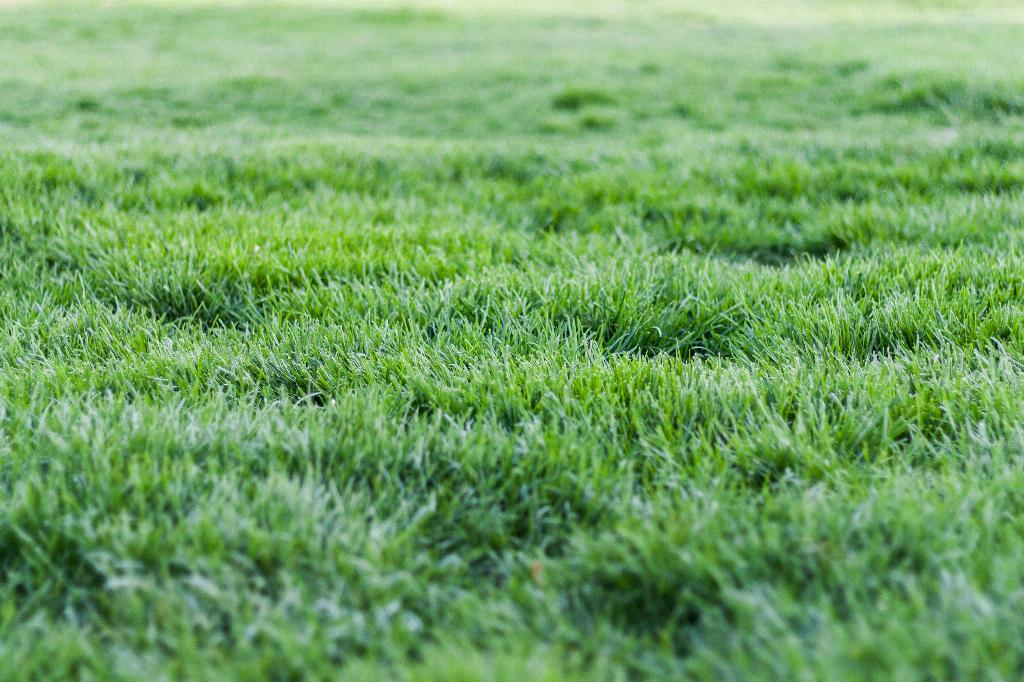If you’re looking to transform your lawn into a lush and vibrant green space, there are several key steps you can take to make it thicker and more resilient. One of the first things you should do is assess the quality of your soil. Testing your soil will provide valuable insights into its composition and acidity levels, allowing you to make informed decisions about soil amendments and fertilization.
Once you have a better understanding of your soil, consider overseeding as a crucial step in thickening your lawn. Overseeding involves spreading grass seed over existing turf to fill in bare patches and promote thicker growth. This simple yet effective technique can help rejuvenate tired lawns and prevent thinning over time.
Proper fertilization is essential for promoting healthy grass growth and enhancing the density of your lawn. By selecting a high-quality fertilizer formulated for your specific grass type and applying it according to the recommended schedule, you can provide your lawn with the nutrients it needs to thrive.
Another key factor in achieving a thicker lawn is regular watering. Proper irrigation is essential for ensuring that your grass receives adequate moisture, especially during hot and dry periods. Deep, infrequent watering is generally preferred over frequent shallow watering, as it encourages deeper root growth and promotes overall lawn health.
When it comes to mowing, it’s important to follow best practices to avoid stressing your grass and promote thicker growth. Maintaining the correct mowing height for your grass type and sharpening your mower blades regularly can help prevent damage and encourage healthy regrowth.
Effective weed control is also crucial for maintaining a thick and healthy lawn. Weeds can compete with grass for resources and space, leading to thinning and patchy areas. Implementing a targeted weed control strategy, such as spot treatments or pre-emergent herbicides, can help keep invasive plants at bay.
In addition to these fundamental steps, incorporating aeration into your lawn care routine can further enhance its thickness and resilience. Core aeration involves removing small plugs of soil from your lawn to alleviate compaction and improve air and water penetration, allowing grass roots to grow more deeply and vigorously.
Regular dethatching is another essential maintenance task that can contribute to a thicker and healthier lawn. Thatch buildup, composed of dead grass, roots, and other organic debris, can impede water and nutrient absorption and create an ideal environment for pests and diseases. By dethatching your lawn periodically, you can promote better nutrient uptake and support robust grass growth.
Proper soil pH management is often overlooked but plays a crucial role in promoting a thick and vibrant lawn. Most grasses prefer slightly acidic soil conditions, so testing your soil’s pH and adjusting it as needed can help create an optimal environment for healthy grass growth.
Lastly, incorporating organic matter into your soil through practices like topdressing with compost or organic mulches can enrich the soil, improve its structure, and enhance nutrient availability for your grass. Organic matter helps create a thriving ecosystem in your soil, supporting beneficial soil microbes and promoting long-term lawn health.
By combining these essential strategies and best practices, you can take proactive steps to make your lawn thicker, greener, and more resilient. With consistent care and attention to key lawn care principles, you can enjoy a lush and vibrant lawn that serves as a beautiful backdrop for your outdoor activities and gatherings.

